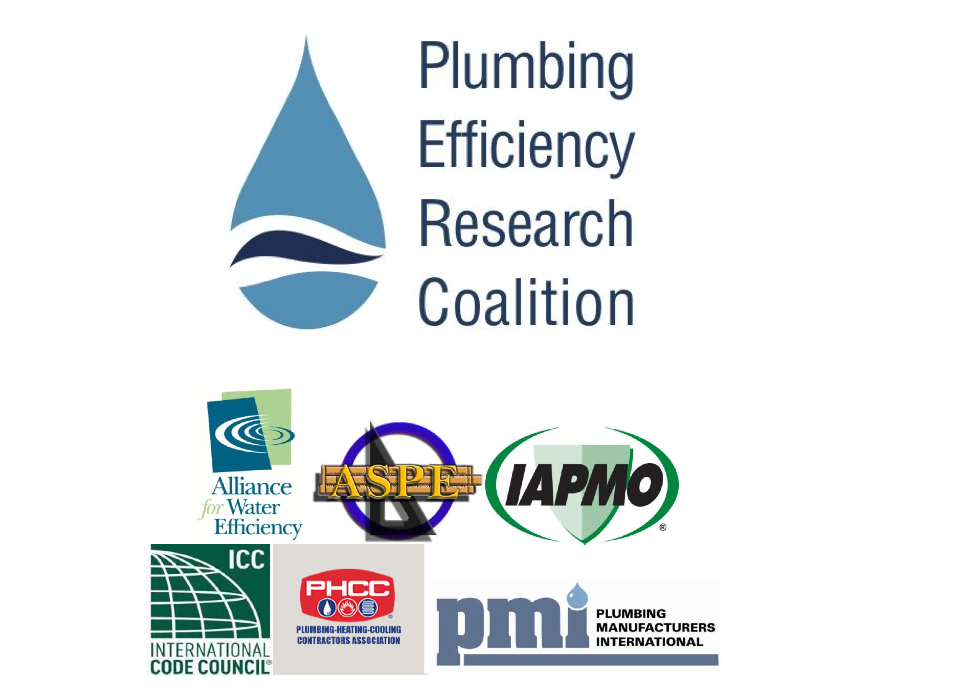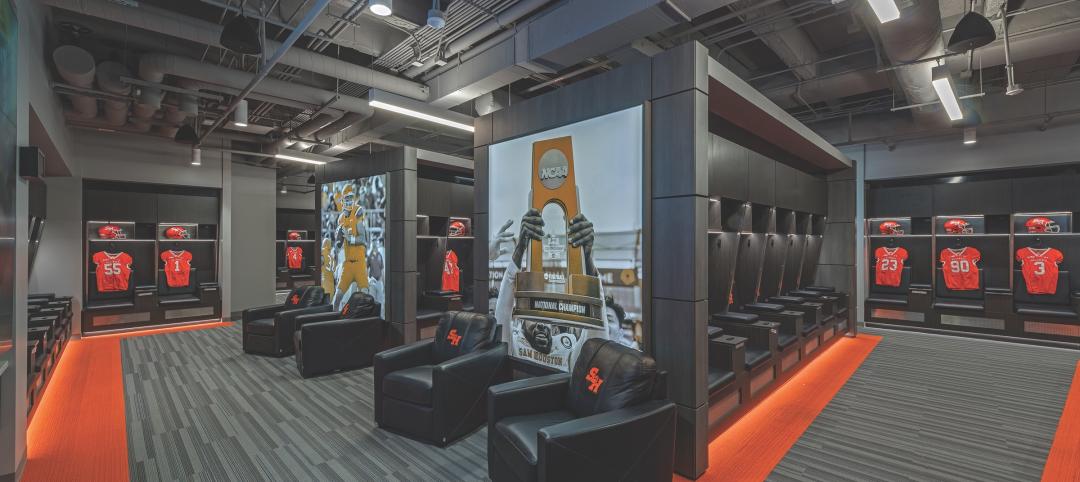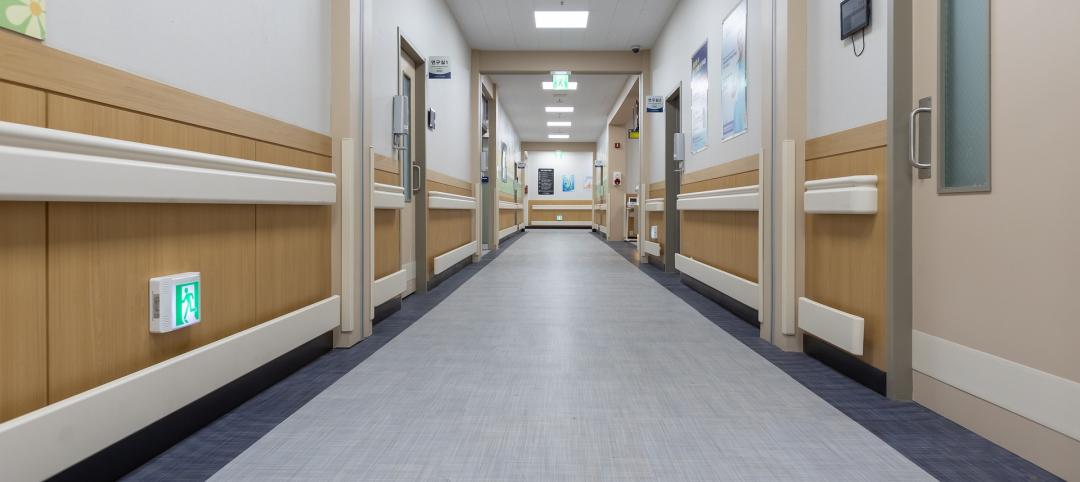The Plumbing Efficiency Research Coalition is set to begin its long-anticipated Drainline Transport in Buildings study. The effort is aimed at determining if decreasing levels of water flow––caused by increasingly efficient plumbing fixtures––are sufficient to clear debris from plumbing pipes.
Essentially, plumbing experts have expressed concerns that the industry has reached a tipping point in terms of the ability of low-flow fixtures to adequately transport waste through drain lines, particularly in larger commercial systems with long horizontal runs to the sewer. Soon, they worry, end-users and professionals will avoid using more efficient products.
That, combined with the fact that such problems have been reported with low-flow plumbing systems in Europe and Australia, has raised many questions.
“I look forward to the results of the Drainline Transport study,” says David C. Smith, PE, plumbing and fire protection department manager, Bala Consulting Engineers, King of Prussia, Pa. “Logic states that less water in the waste stream will not carry the waste as far in the drainage piping.”
By analyzing the drainage issue from a standpoint of slope, flush volume, toilet design, and whether periodic surges of water into a building drain can help, researchers hope to come away with a more informed understanding of the issue.
David E. DeBord, CPD, LEED BD+C, ARCSA-AP, a Chicago-based plumbing and fire protection engineer, wonders if ultimately the industry will need to reduce the size of piping to maintain the minimum velocities required to assure proper scouring, and whether a 1/8-inch minimum pitch per foot of piping is still sufficient in this new world of low-flow plumbing systems.
PERC’s coalition members include the International Association of Plumbing & Mechanical Officials (IAPMO), Alliance for Water Efficiency (AWE), the American Society of Plumbing Engineers (ASPE), the International Code Council (ICC), Plumbing-Heating-Cooling Contractors (PHCC), and Plumbing Manufacturers International (PMI). The group’s impending research is scheduled to be conducted at an American Standard testing facility. +
Related Stories
Adaptive Reuse | Oct 22, 2024
Adaptive reuse project transforms 1840s-era mill building into rental housing
A recently opened multifamily property in Lawrence, Mass., is an adaptive reuse of an 1840s-era mill building. Stone Mill Lofts is one of the first all-electric mixed-income multifamily properties in Massachusetts. The all-electric building meets ambitious modern energy codes and stringent National Park Service historic preservation guidelines.
MFPRO+ News | Oct 22, 2024
Project financing tempers robust demand for multifamily housing
AEC Giants with multifamily practices report that the sector has been struggling over the past year, despite the high demand for housing, especially affordable products.
Performing Arts Centers | Oct 21, 2024
The New Jersey Performing Arts Center breaks ground on $336 million redevelopment of its 12-acre campus
In Newark, N.J., the New Jersey Performing Arts Center (NJPAC) has broken grown on the three-year, $336 million redevelopment of its 12-acre campus. The project will provide downtown Newark 350 mixed-income residential units, along with shops, restaurants, outdoor gathering spaces, and an education and community center with professional rehearsal spaces.
Office Buildings | Oct 21, 2024
3 surprises impacting the return to the office
This blog series exploring Gensler's Workplace Survey shows the top three surprises uncovered in the return to the office.
Healthcare Facilities | Oct 18, 2024
7 design lessons for future-proofing academic medical centers
HOK’s Paul Strohm and Scott Rawlings and Indiana University Health’s Jim Mladucky share strategies for planning and designing academic medical centers that remain impactful for generations to come.
Sports and Recreational Facilities | Oct 17, 2024
In the NIL era, colleges and universities are stepping up their sports facilities game
NIL policies have raised expectations among student-athletes about the quality of sports training and performing facilities, in ways that present new opportunities for AEC firms.
Codes and Standards | Oct 17, 2024
Austin, Texas, adopts AI-driven building permit software
After a successful pilot program, Austin has adopted AI-driven building permit software to speed up the building permitting process.
Resiliency | Oct 17, 2024
U.S. is reducing floodplain development in most areas
The perception that the U.S. has not been able to curb development in flood-prone areas is mostly inaccurate, according to new research from climate adaptation experts. A national survey of floodplain development between 2001 and 2019 found that fewer structures were built in floodplains than might be expected if cities were building at random.
Seismic Design | Oct 17, 2024
Calif. governor signs limited extension to hospital seismic retrofit mandate
Some California hospitals will have three additional years to comply with the state’s seismic retrofit mandate, after Gov. Gavin Newsom signed a bill extending the 2030 deadline.
MFPRO+ News | Oct 16, 2024
One-third of young adults say hurricanes like Helene and Milton will impact where they choose to live
Nearly one-third of U.S. residents between 18 and 34 years old say they are reconsidering where they want to move after seeing the damage wrought by Hurricane Helene, according to a Redfin report. About 15% of those over age 35 echoed their younger cohort’s sentiment.

















